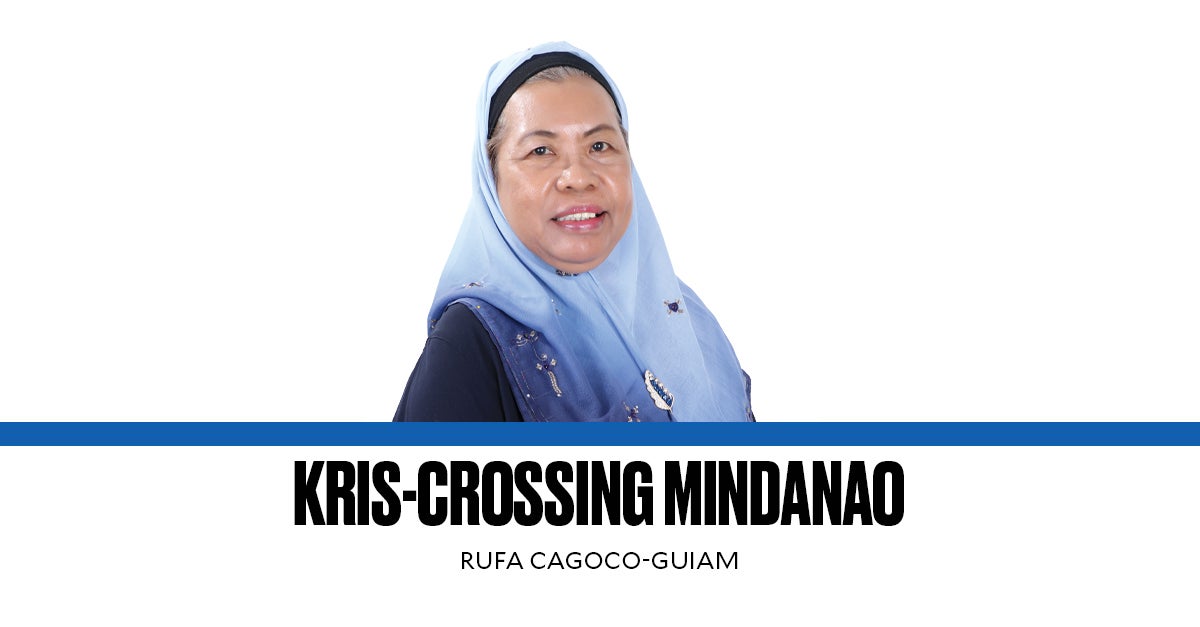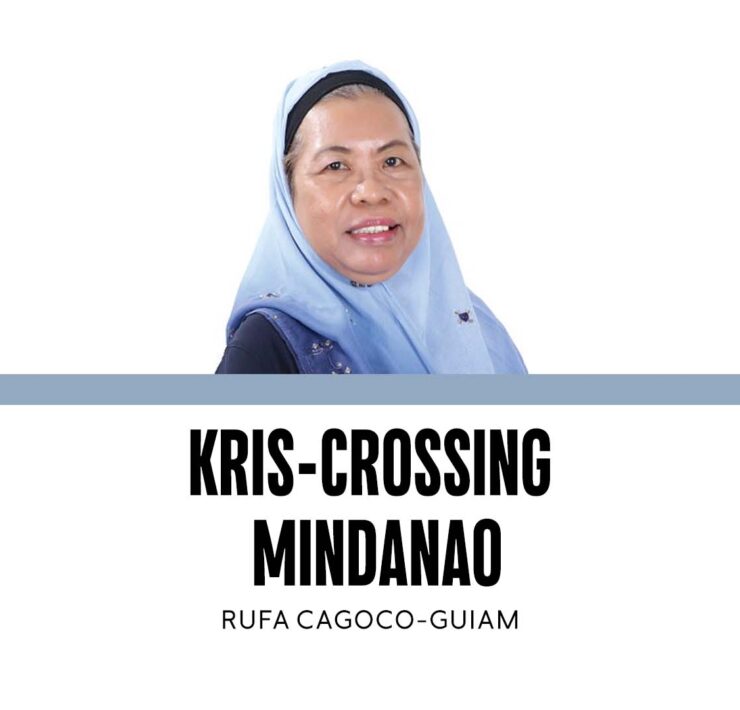Bridging gaps on gender and climate justice (2)

Climate change has shown to be a “threat multiplier” as it exacerbates existing weaknesses among governments and their constituents. Climate change events like droughts and floods can seriously challenge financially- and (human) resource-poor local government units (LGUs).
Local government units classified as fourth to sixth class, based on their incomes and their shares from the national government through the Internal Revenue Allotment, struggle to deal with the adverse consequences of droughts and flooding. In these LGUs, many of the required facilities and equipment, as well as pre-positioned goods and assistance packages, are either absent or inadequate. Capacities of local government functionaries assigned in a town or a barangay’s disaster risks reduction and management offices are also wanting; indicating a shallow bench of both skills and experience in dealing with climate change events. Many times, deaths from drowning (during floods) or from starvation (during a very long dry spell) happen, although these could have been prevented had LGUs been fully capacitated (and equipped) to prevent, mitigate, or reduce their constituents’ vulnerabilities to extreme weather events.
These are among the findings in the recently concluded qualitative study on the intersections of climate change, conflicts, gender inequality, and social exclusion in selected communities in three provinces that are part of the Bangsamoro Autonomous Region in Muslim Mindanao (BARMM)—Lanao del Sur, Maguindanao del Norte, and Maguindanao del Sur.
Aside from vulnerabilities to climate change weather events like flooding and droughts, the communities studied in the three provinces are also perennially exposed to violent conflicts, in the past and present. The three provinces are among the most conflict-affected compared to other areas in the BARMM.
Climate change stressors have pushed gender gaps or inequalities based on gender identities to the surface, and these have caused tensions within families and community members. In highly patriarchal-oriented and conservative families in the communities we studied, behavior associated with nonbinary gender identities is still considered “not normal.” There is a popular belief that calamities brought about by extreme weather events are the result of “fitna” (Arabic for trial or civil strife) or what Cebuano-speaking Visayans call “gaba” or curse. A number of our informants said that droughts, typhoons, and flooding are caused by nature, or are expressions of the wrath of God after people have become remiss of their religious duties and responsibilities. They cited the case of a hurricane happening after a community staged a gay beauty pageant, that led to a mass exodus of gay men in a small community in Maguindanao del Norte to Cotabato City. The local chief executive in that community reportedly ordered all gay men there to be castrated. One informant also disclosed how he “put some sense” into the mind of his niece, who used to behave like a lesbian. He was proud to disclose that he beat her up until she “realized” that she needed to behave like a regular woman.
Climate justice refers to the moral and ethical dimensions of climate change events. The disastrous effects of climate change are the results of the action of a group of elite “polluters” by destroying forests and mountains through excessive logging and mining. Members of impoverished communities who contributed the least or even did not contribute at all are the ones suffering from the ravages of typhoons, flooding, or droughts. This is climate “injustice.”
Logging and mining can lead to soil erosion and the weakening of a mountain’s walls, causing it to crumble during excessive rainfall after a strong typhoon like what happened when Typhoon “Paeng” struck the seashore areas of Maguindanao del Sur. Several people died in the flood, with some of them buried alive under rocks and mud that came with the landslide after the heavy rains. The deaths of the victims, all members of the indigenous Teduray, could have been avoided if Mount Minandar still had its forests and if it had not been mined for gravel for the construction of houses and resorts near the seashore in Kusiong. They died as a consequence of the actions of business persons who benefited from their logging concessions in Mount Minandar that started more than 50 years ago.
Gender gaps and inequalities are aggravated in times of both violent conflicts and extreme weather events. Forging climate justice can start with collaborative and collective action animating communities to demand their voices be heard in climate change decision-making policies.
Comments to rcguiam@gmail.com


















